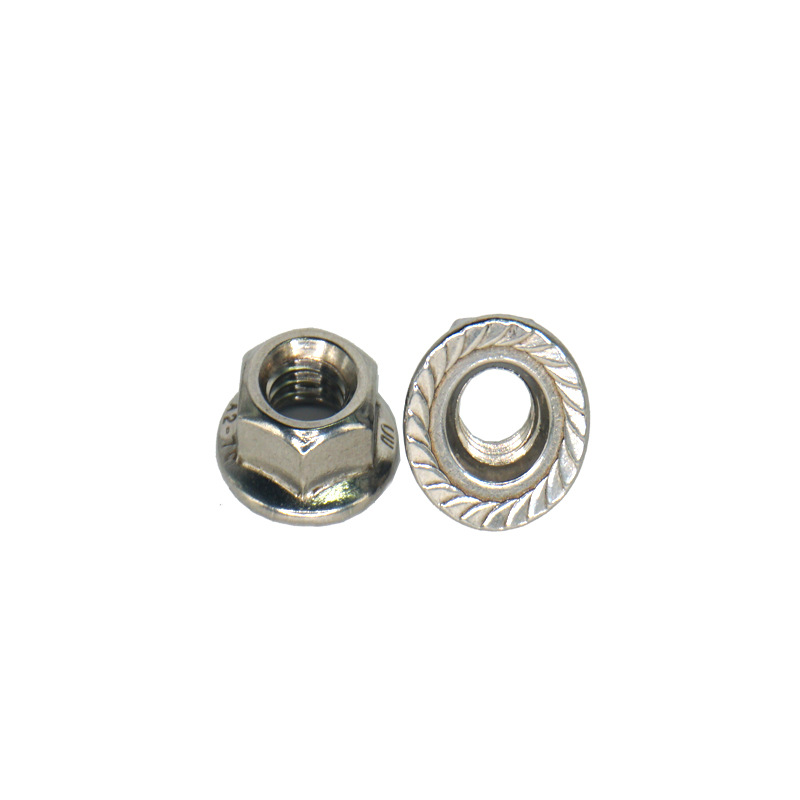

M10 Flanged Nut Specifications and Applications for Various Projects and Industries
Nov . 19, 2024 14:29 Back to list
M10 Flanged Nut Specifications and Applications for Various Projects and Industries
Understanding the M10 Flange Nut Design, Applications, and Benefits
In the world of mechanical engineering and construction, fasteners play a crucial role in the integrity and safety of structures. Among the various fasteners available, the M10 flange nut stands out due to its unique design and functionality. This article will explore the M10 flange nut, its design features, applications, and inherent benefits, highlighting why it is a preferred choice in numerous industries.
What is an M10 Flange Nut?
An M10 flange nut is a type of nut that has a flanged base, which provides a larger surface area for load distribution compared to standard nuts. The M in M10 indicates that it is a metric size, with a nominal thread diameter of 10 millimeters. Typically made from materials such as steel, stainless steel, or plastic, the M10 flange nut is engineered to secure bolts and screws in various assemblies.
The flanged design is particularly significant; the base of the nut acts as a washer, which means it can help prevent loosening due to vibration and provides improved retention on soft materials. This feature also reduces the likelihood of damage to the surface being fastened, making flange nuts ideal for more delicate applications.
Design Features of M10 Flange Nuts
1. Flange Diameter The flange diameter is larger than that of the hex portion, allowing for a more extensive bearing surface. This design helps distribute forces over a larger area, reducing the risk of pulling through or damaging softer substrates.
2. Thread Specifications The M10 flange nut conforms to standardized metric specifications, meaning it can be paired with compatible M10 bolts or screws. The threads are precision-engineered to ensure a smooth fit and reliable fastening.
3. Material Variety M10 flange nuts come in various materials, such as carbon steel, stainless steel, and nylon. Stainless steel provides corrosion resistance, making it suitable for outdoor or marine applications, while nylon options are lightweight and resistant to chemicals.
4. Finish Options These nuts can be finished in a range of coatings, including zinc plating, which adds an additional layer of corrosion resistance, or other treatments that enhance durability and aesthetic appeal.
Applications of M10 Flange Nuts
M10 flange nuts are versatile and widely used across various industries. Some notable applications include
m10 flange nut

1. Automotive Industry In vehicle assembly, M10 flange nuts are often used to secure parts like engine components, suspension systems, and body panels. Their ability to withstand vibrations makes them ideal for this dynamic environment.
2. Construction Flange nuts are commonly utilized in structural applications such as steel framing and fastening metal or wood components. Their load distribution capabilities are essential for maintaining structural integrity.
3. Manufacturing In machinery and equipment assembly, M10 flange nuts are frequently used to ensure secure connections. Industries such as robotics, consumer electronics, and general manufacturing rely on these fasteners for their efficiency and reliability.
4. Aerospace In the aerospace sector, M10 flange nuts play a critical role in securing components subject to extreme conditions, including high stress and temperature fluctuations. Their robust design is essential for ensuring safety and compliance with strict regulations.
Benefits of Using M10 Flange Nuts
1. Enhanced Tightening Properties The flanged base provides better grip and prevents slippage during tightening. This feature can lead to a more secure assembly and reduced maintenance requirements.
2. Vibration Resistance The larger surface area helps maintain torque and prevent loosening due to vibrations, making M10 flange nuts particularly suitable for machinery and automotive applications.
3. Ease of Installation The integrated flange simplifies installation, as it eliminates the need for separate washers. This can speed up assembly time and reduce the number of parts needed in a given application.
4. Cost-Effectiveness With their durability and effectiveness in preventing loosening, M10 flange nuts can be a cost-effective choice. They may reduce the need for frequent replacements or repairs, ultimately saving money in the long term.
Conclusion
The M10 flange nut is a pivotal fastener in various industries, combining functionality, strength, and ease of use. Its design features, such as the flanged base and compatibility with metric systems, cater to a broad range of applications, from automotive to aerospace. With benefits like enhanced vibration resistance and cost-effectiveness, the M10 flange nut remains a reliable choice for engineers and builders alike, ensuring safe and efficient connections in numerous assemblies. Whether fastening a critical component in machinery or securing structural elements in construction, the M10 flange nut exemplifies the importance of thoughtful design in engineering solutions.
Latest news
-
High-Strength Hot Dip Galvanized Bolts - Hebei Longze | Corrosion Resistance, Customization
NewsJul.30,2025
-
Hot Dip Galvanized Bolts-Hebei Longze|Corrosion Resistance&High Strength
NewsJul.30,2025
-
High-Strength Hot-Dip Galvanized Bolts-Hebei Longze|Corrosion Resistance&High Strength
NewsJul.30,2025
-
Hot Dip Galvanized Bolts-Hebei Longze|Corrosion Resistance&High Strength
NewsJul.30,2025
-
Hot Dip Galvanized Bolts - Hebei Longze | Corrosion Resistance, High Strength
NewsJul.30,2025
-
High-Strength Hot Dip Galvanized Bolts-Hebei Longze|Corrosion Resistance, Grade 8.8
NewsJul.30,2025

